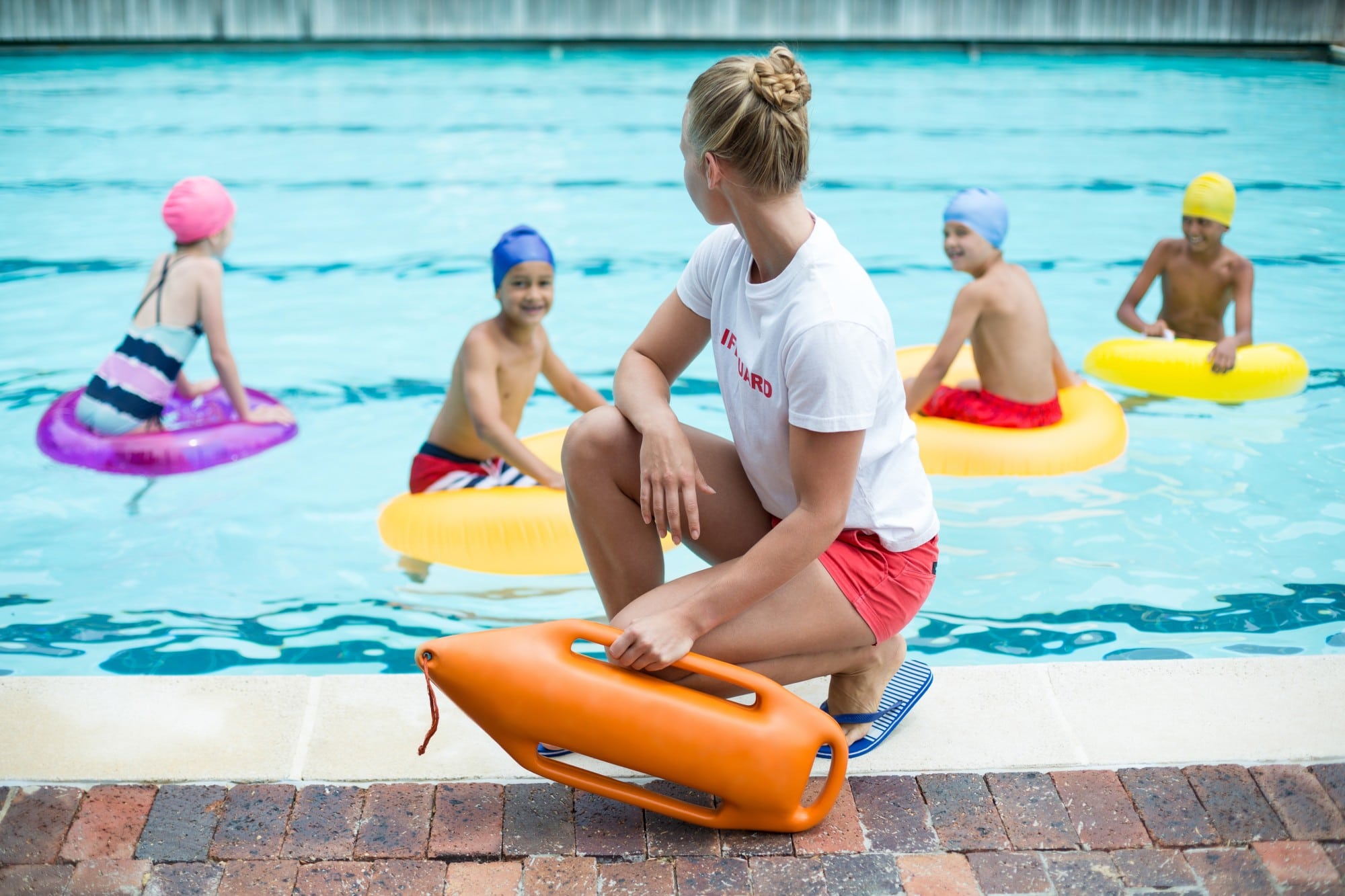About 10 people die every day in the U.S. because of unintentional drownings.
That’s according to data from the Centers for Disease Control and Prevention. The same data show that 80 percent of all drowning victims are male and that drowning is the second leading cause of death for children ages 14 and under.
Thousands of people die from drowning every year. How do you ensure that your loved one stays safe on the water this summer?
Check out our swimming safety tips below to know what you can do to keep good times in the water from turning tragic.
No Diving…
Unless it’s in a designated diving zone in a pool monitored by a lifeguard.
It’s a common reaction when inhibitions dropped around seeing the water to want to dive in. Diving is fun. It’s one of the more common parts of the swimming experience because diving boards are a common fixture in public pools.
But because of that many people think it’s OK to dive into bodies of water that are an absolute no-no for diving.
Here are a few recommendations on where not to dive according to the American Academy of Orthopaedic Surgeons and the American Spinal Injury Association:
- Natural bodies of water;
- Above-ground pools;
- Water where the bottom isn’t visible;
- If diving from any meaningful distance, that the water is at least twice as deep as the height of the dive.
Quadriplegia is not worth the fun of even one dive.
Never Go Alone
The basic reason why: if something happens to a swimmer when they are alone no one can go get help.
This is a universal role for everyone that will be in the water or in charge of anyone getting in the water. Children should never swim without an attentive adult within close proximity. Lifeguards are not babysitters and can’t give every bather 100 percent vigilance.
Even strong swimmers can die when swimming alone. Little things can cause drowning. Think cramp, a mistimed wave to the face to cause choking and panicking, lake plants or overestimating one’s ability.
Drinking for Swimming Safety
That means no drinking in or near the water. About 70 percent of all water recreation deaths involved alcohol, according to the CDC. Further, sunlight magnifies alcohols’ impairments on the body.
Even if swimmers are in the water frequently, they need to drink water to stay hydrated. Sun exposure and prolonged activity require people to consume more water than normal.
Come to Starkville Urgent Care immediately if you or others feel lethargic, an increased heart rate or have sunken eyes. These are symptoms for dehydration.
We’re Here for You
Summer fun and swimming always come with their bumps, bruises or other mishaps. But when they become sprains, strains, and fractures, we can make sure you get the help you need.
Contact us today to find a new home for your health care.

